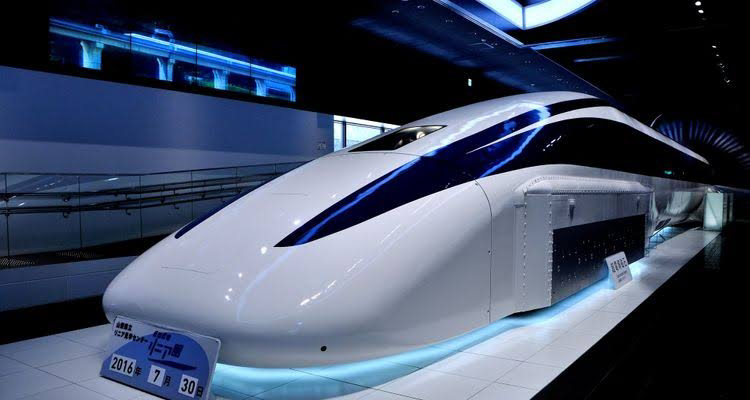Transportation has always been a key aspect of human development, and Japan continues to push the boundaries with its cutting-edge technology. One of the most awe-inspiring examples is the Japanese Maglev train, which utilizes magnetic levitation to achieve unprecedented speed and efficiency.
Let's delve into the wonders of this groundbreaking invention, highlighting its impressive features and exploring the principle behind its operation.
What makes Maglev trains awesome?
Maglev trains, short for magnetic levitation trains, are hailed for their extraordinary speed and silky-smooth ride. Unlike traditional trains that rely on wheels, Maglev trains float above the tracks using magnetic forces, eliminating any physical contact.
This groundbreaking innovation eliminates friction, thus minimizing energy loss and allowing for significantly higher speeds – some Maglev trains have achieved jaw-dropping speeds of over 600 km/h (373 mph)!
The Principle of Operation
The principle behind Maglev trains lies in magnetic repulsion and attraction. The trains use a combination of superconducting magnets and electrically charged coils positioned along the track to achieve levitation and propulsion.
a. Electromagnetic Suspension (EMS)
Maglev trains using the electromagnetic suspension technology employ an attractive force between the train's magnets and the conducting coils on the track. The train is suspended around 10 cm (4 inches) above the track, enabling it to float without contact. The attractive force is controlled by adjusting the magnetic field generated through an electric current passing through the track coils.
b. Electrodynamic Suspension (EDS)
Another approach is the electrodynamic suspension, which involves a repulsive force generated using superconducting magnets onboard the train and passive guideways made of strong permanent magnets. The repulsion between the same poles (North-North or South-South) keeps the train levitated while magnetic fields generated allow for forward propulsion.
Advantages of Maglev Trains
The Japanese Maglev train system comes with a myriad of commendable advantages:
1. Blazing Speed
Due to the lack of friction, Maglev trains can achieve speeds far beyond traditional trains, reducing travel time significantly. Commuting between Tokyo and Osaka for example, a distance of approximately 500 km (310 miles), could potentially be accomplished in just one hour.
2. Impressive Safety
The absence of physical contact between the train and the track reduces wear and tear, resulting in lower maintenance costs and an improved safety record.
3. Reduced Noise and Vibration
Because Maglev trains float above the tracks, noise and vibrations are significantly minimized, ensuring a quiet and comfortable journey for passengers and a quieter environment for the surrounding areas.
4. Energy Efficiency
Compared to conventional trains, Maglev trains consume less energy, thanks to the elimination of friction. This makes them more eco-friendly, reducing the carbon footprint associated with transportation.
The Japanese Maglev train is an engineering marvel that showcases Japan's innovation and determination to revolutionize the way we travel. With its lightning-fast speeds, extraordinary safety features, and sustainable design, the Maglev train system has the potential to transform transportation as we know it.
As we look to the future, it's exciting to imagine the possibilities of Maglev technology reaching further destinations, making travel faster, more comfortable, and ultimately, improving our quality of life.










No comments:
Post a Comment